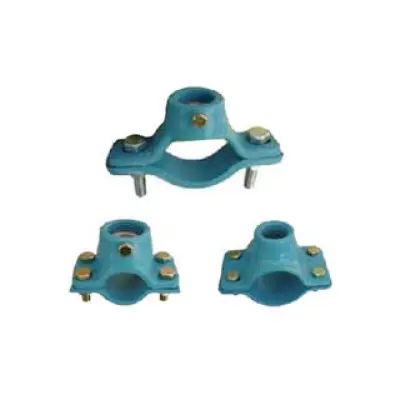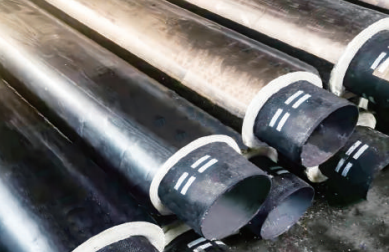Industry News
 20 2025-11
20 2025-11 Should Your Next Water Project Trust Ductile Iron Pipe Fitting?
I spend a lot of time on job sites where timelines are tight and the ground tells the truth. In that setting, choosing the wrong component can cost a lane closure, a customer complaint, or a midnight repair. That is exactly why I keep coming back to Ductile Iron Pipe Fitting.
 05 2025-11
05 2025-11 What Makes Ductile Iron Pipe the Go-To Choice for Modern Water Infrastructure?
In an era where municipalities and engineering firms face immense pressure to balance cost, durability, and environmental impact, the selection of piping material is a critical long-term decision. For decades, one material has consistently demonstrated unparalleled performance in demanding applications: Ductile Iron Pipe (DIP).

